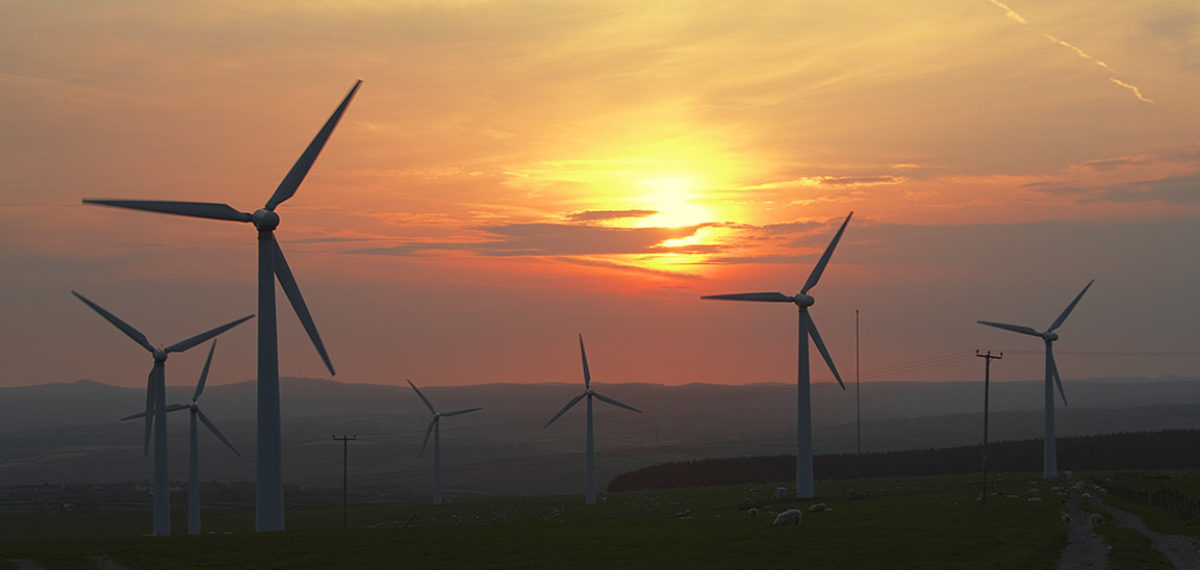Blue Hydrogen – an implausible alternative to renewable energy
Blue hydrogen, that is hydrogen produced from fossil fuels (in practice usually natural gas), is hydrogen produced in circumstances where the carbon in the fossil fuel feedstock is captured and stored (carbon capture and storage, or ccs).
But this is not a substitute for energy from renewable energy, for a number of reasons. It is inferior to hydrogen produced from renewable electricity through hydrolysis. It is even more inferior to renewable energy used directly to power heat pumps to heat energy efficient buildings (see the section on heat pumps). Indeed the gas industry would love to scrap the Government’s commitment to end gas heating in new buildings by 2025 and instead carry on fossil fuel business in a new ‘blue hydrogen’ guise.
Some shortcomings with blue hydrogen are set out in a report on hydrogen as an energy carrier by IRENA, the International Renewable Energy Agency, see pages 15-18. The link is: https://www.irena.org/-/media/Files/IRENA/Agency/Publication/2019/Sep/IRENA_Hydrogen_2019.pdf
In reality, carbon capture is unlikely to be close enough to 100 per cent because carbon extraction processes become more and more expensive the higher the proportion of carbon is captured (over 85 per cent). In addition such a programme will provide support for a continued fossil fuel industry (including unabated methane leakage from extraction activities). The industry will include the possibility of production that is not subject to carbon capture and storage. There is then the issue of monitoring and accountability over the extent to which the carbon is stored in a sustainable fashion.
Blue hydrogen is the stalking horse for continued carbon emissions. We should say no.
